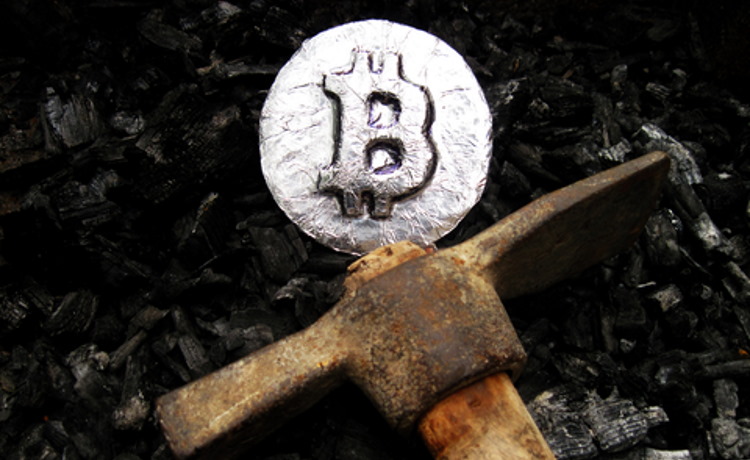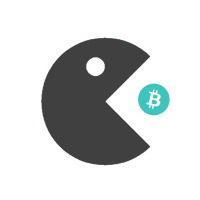Proof of Work vs Proof of Stake

What is the Difference Between Proof of Work and Proof of Stake?
Cryptocurrencies use a distributed ledger, i.e. a record of all transactions in the system are kept in multiple copies across multiple locations (nodes). As a result there needs to be a mechanism to keep all the distributed ledgers aligned so everyone can trust the addition of transactions and ensure there is no fraudulent activity or errors.
There are two main ways to update the ledgers, the first used by Bitcoin is by a process called Proof of Work (PoW) and the second most popular is Proof of Stake (PoS). The individuals/groups who perform the work for the process are called miners.
Both Proof of Work Proof of Stake use a mathematical process called cryptography (a type of mathematical puzzle) to update the ledgers: this is the origin of the term cryptocurrencies. Mining is the activity to solve these puzzles.
Transactions are grouped into blocks and once validated are added block by block. Hence the phrase Blockchain.
Proof of Work
In PoW systems, miners are in competition with each other and only the first miner to solve the puzzle is rewarded for the effort. Miners with the most powerful computers tend to win the rewards. It’s a pretty unfair situation.
Miners are rewarded for their work with Bitcoin, for example, and are paid per transaction.
PoW is inefficient. When you hear about the amount of electricity that bitcoin uses, it is a result of this process (Proof of Work). To verify one transaction on Bitcoin consumes around the same electricity as an average US citizen consumes in 23 days. The cost of electricity is so significant, that you tend to find the largest mining operations in countries with the lowest electricity costs. So, for example, nearly 50% of mining is performed in China due to cheap power.
Proof of Stake
Compared to Proof of Work, in the Proof of Stake (PoS) process the creator of the next block is randomly selected by a mix of the number of coins they hold and the age of the coins. So instead of all miners fighting to win a mining reward, PoS miners are chosen up front before they start mining. The selection mechanism ensures that there is a fairness to the process. It isn’t the miners with the largest wallet of coins that win the day. Take a look at our ‘What is Ethereum?‘ page for a living example.
Unlike PoW systems where miners are rewarded with new blocks of the cryptocurrency, PoS rewards miners with a transaction fee. The Matic network is an example of a platform that uses POS.
Miners must put their stake of coins (many of the PoS currencies have a minimum requirement) into a particular wallet, which is locked until the mining is complete. Another example of a POS coin is ADA. Read our ‘What is Cardano?’ page for further information.
